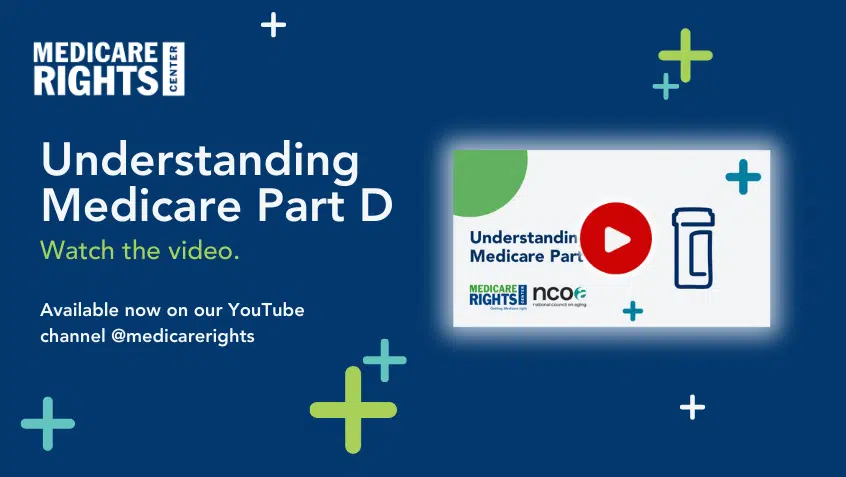Join Us Live for a Discussion on Medicare, Democracy, and the Future of Health Care
Medicare Beneficiaries Can Face Burdensome Health Care Costs

Despite Medicare’s significant successes, for many enrollees, health care cost problems are far too common. The program’s benefit design and lack of financial protections expose beneficiaries to frequent and high costs. Enrollees financially contribute to their coverage through payroll taxes, premiums, deductibles, and other cost-sharing amounts. Many also pay for drug coverage, supplemental insurance, and services that Medicare does not cover, such as comprehensive dental, vision, and hearing care. While Medicare Advantage (MA) plans cap enrollee costs, that limit—nearly $9,000 in 2024—is far too high. In 2022, similar shares of people with Original Medicare and MA reported skipping prescriptions, treatments, or other needed care because of cost.
A new KFF analysis examines the financial burden of health care costs on people with Medicare, compared to those with other coverage. Key findings include:
- Health care spending burdens are twice as large among Medicare households than non-Medicare households. In 2022, Medicare households spent an average of $7,000 on health care, accounting for 14% of their total spending ($51,800), while non-Medicare households spent $4,900, or 6.5% of total household spending ($74,100).
- In nearly one-third of all Medicare households, 20% or more of total spending is on health-related expenses, compared to 7% of non-Medicare households. Three out of four Medicare households spend at least 10% on health-related expenses, while only one in four non-Medicare households do so.
Medicare beneficiary health care costs are likely even greater and more disproportionate than the report suggests, as the underlying data does not capture the typically high cost of long-term care facilities. KFF notes this exclusion “is more likely to affect the spending burden estimates for Medicare households than non-Medicare households since spending on long-term care facilities is a significant share of average out-of-pocket health care costs for people with Medicare.”
With health care use increasing with age and with most Medicare beneficiaries living on fixed or limited incomes, it’s not unexpected that health care is a bigger cost burden for Medicare households and that solutions are urgently needed. Beneficiaries who cannot afford care may be forced to go without it, leading to worse outcomes and quality of life. The cost to Medicare is also extreme, as beneficiaries who forgo treatment and, as a result, experience declining health may require more expensive interventions later, like emergency department or inpatient care.
Medicare beneficiary cost burdens also have implications for policymakers as they look to future reforms. Importantly, the Inflation Reduction Act (IRA) takes vital steps to lower beneficiary and Medicare costs, including expanding eligibility for the full Part D Low Income Subsidy, capping Part D enrollee spending, limiting insulin costs, and making additional vaccines available at no charge; the law’s Medicare negotiation program is expected to further reduce costs and access barriers.
The Medicare Rights Center urges policymakers to build on these improvements to further strengthen the program and beneficiary well-being. On our national helpline, we frequently hear from older adults and people with disabilities who are struggling to make ends meet, even amid the IRA’s transformative changes. They need swift action. This includes making Medicare’s low-income assistance programs more available, limiting out-of-pocket costs program-wide, filling harmful gaps in coverage, and improving MA payment accuracy and accountability. Such changes will help ensure all people with Medicare can access and afford their coverage.
Read the KFF report, Medicare Households Spend More on Health Care Than Other Households.
Show Comments
We welcome thoughtful, respectful discussion on our website. To maintain a safe and constructive environment, comments that include profanity or violent, threatening language will be hidden. We may ban commentors who repeatedly cross these guidelines.
Help Us Protect & Strengthen Medicare
Donate today and make a lasting impact
More than 67 million people rely on Medicare—but many still face barriers to the care they need. With your support, we provide free, unbiased help to people navigating Medicare and work across the country with federal and state advocates to protect Medicare’s future and address the needs of those it serves.
The Latest
Most Read
Add Medicare to Your Inbox
Sign up to receive Medicare news, policy developments, and other useful updates from the Medicare Rights.
View this profile on InstagramMedicare Rights Center (@medicarerights) • Instagram photos and videos









